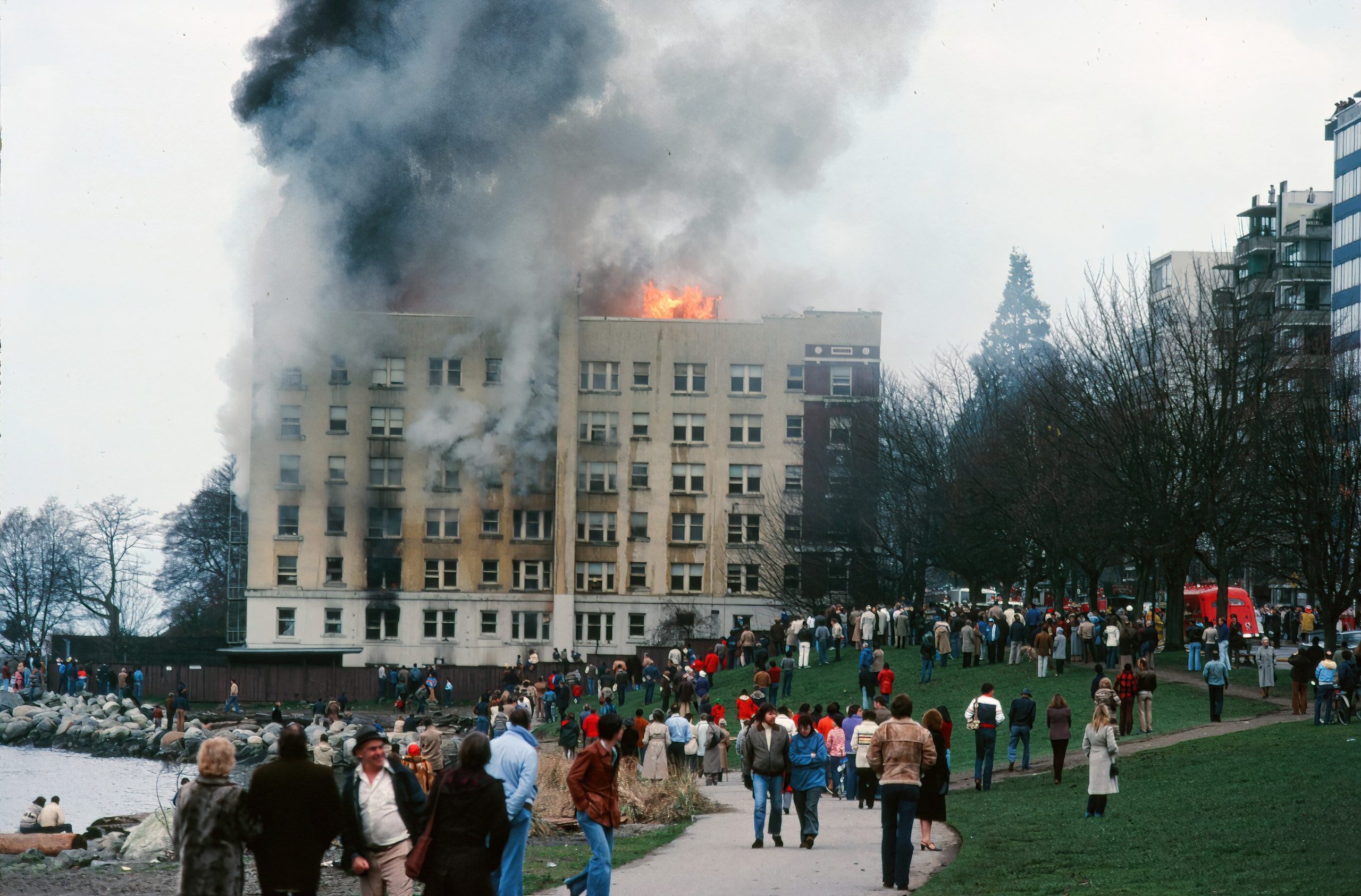
From Vancouver Exposed: Searching for the City’s Hidden History
On Sunday February 1, 1981 shortly before 9:00 a.m., George Wright, a 70-something caretaker was working at the Englesea Lodge when he spotted fire coming from the building’s basement storage area.
“There was a big boom and the fire rushed out at me. It threw me back against the wall,” he told a reporter. Wright barely managed to escape through the rear basement door, but flames were already tearing up through two light shafts and up the elevator shaft and spreading through the floors of the seven-storey apartment building.
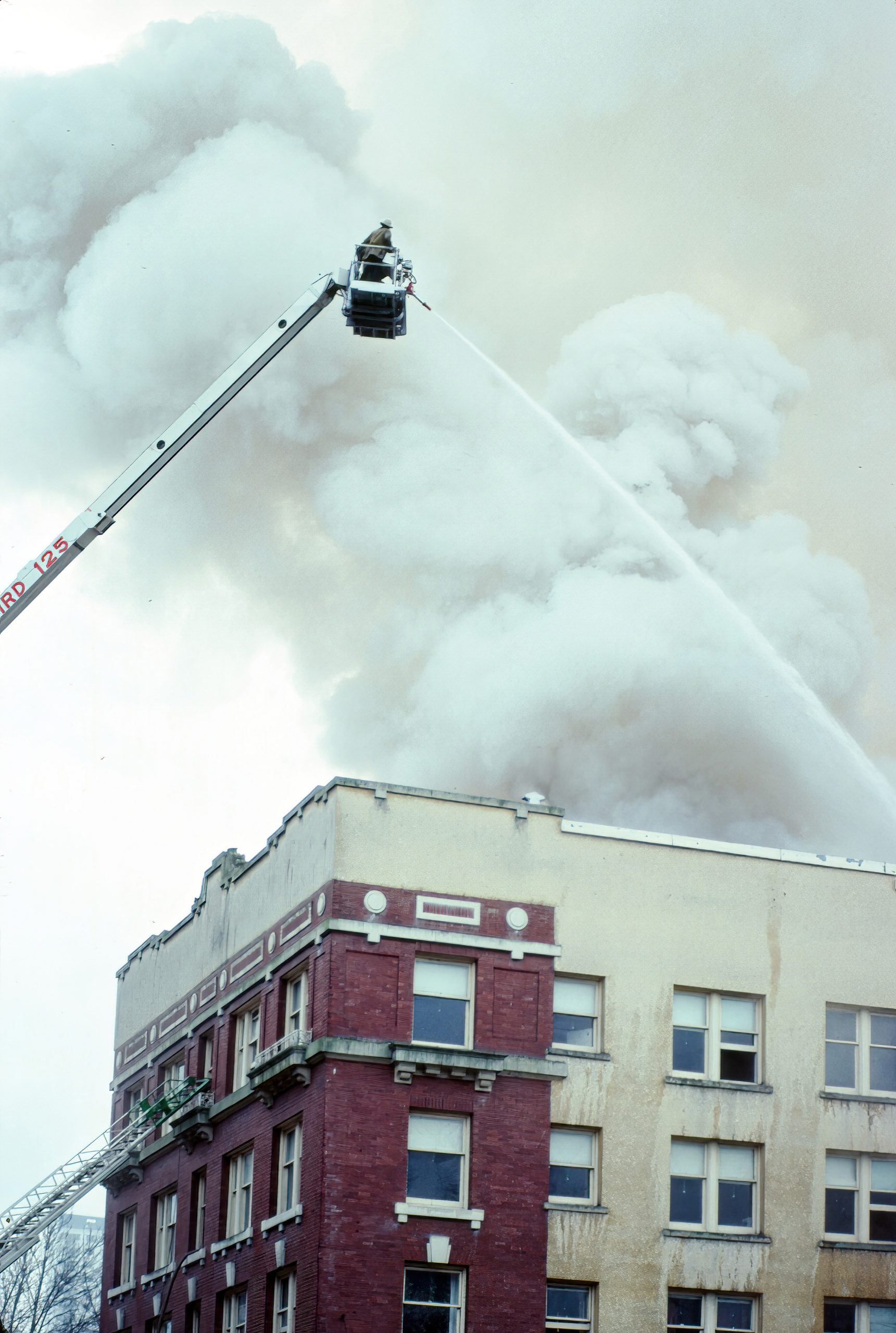
Firefighters:
Former Vancouver Fire Department Captain Steve Webb was one of 90 firefighters called out that day to fight the fire with the help of an aerial ladder and 13 trucks. There’s no doubt in his mind that it was arson.
“The fire was not only obviously set in the basement next to the elevator shaft, but the fire ‘operations and command’ was also suspicious to us firefighters. The higher-ups wanted it to burn,” he told me this week. “Soon as we had a good grip on the seat of the fire, we were called out and the fire was allowed to rekindle and spread.”
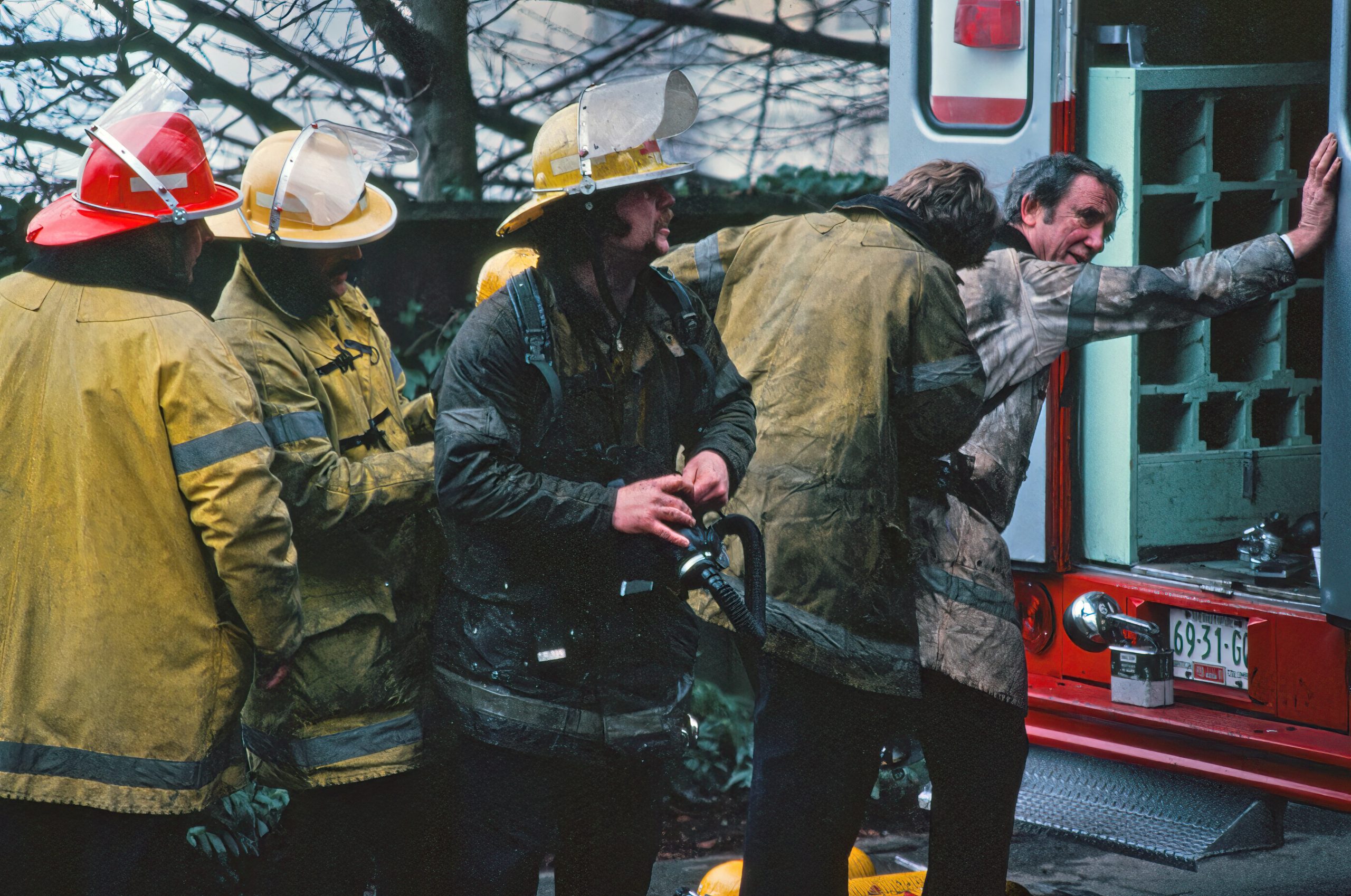
The fire left a smoke-blackened, gutted building just two days before Vancouver City Council was scheduled to meet and discuss the Englesea’s future.
When I blogged about the 1913 photo of the houses on Beach Avenue last week I hadn’t heard of the Englesea Lodge. Many of you wrote and told me stories about the building and the fire that caused its destruction.
It’s a fascinating story that spans half-a-century—features the parks board as villain, the city as wishy washy and a group called the Save-Englesea Committee who had the radical idea that the building was part of our heritage and could co-exist perfectly well with the shoreline.
The Plan
Around the turn of the century, the water side of Beach Avenue was ringed with more than 30 houses and bookended by the Englesea Lodge and what’s now the Burrard Street Bridge. Some were fine old ivy-covered manors, others were more like Joe Fortes’s sweet little cabin at the foot of Bidwell.
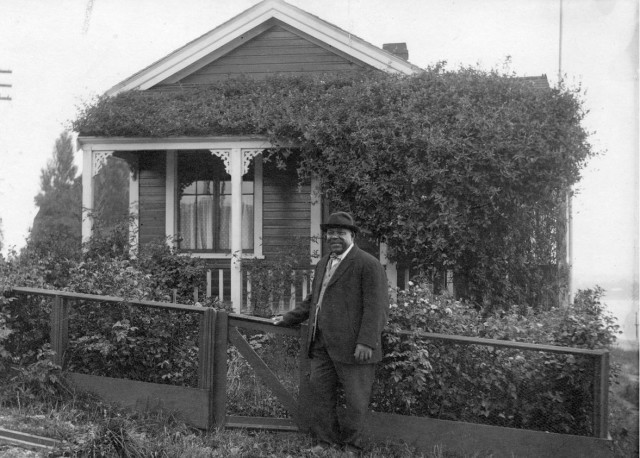
In 1926 the Vancouver Town Planning Commission hired Harland Bartholomew, an American urban planner, to design a blue print for Vancouver’s growth. The 300-plus page book (now online thanks to Vancouver Archives) was the catalyst behind shedding the shoreline of bricks and mortar.
The first part of the plan involved the city expropriating 14 houses to make way for a “pleasure drive” in 1929. But the Depression and then the War got in the way and the houses became rentals for the next two decades.
Over the years the city bought up more properties until the only hold-out was the Englesea Lodge.
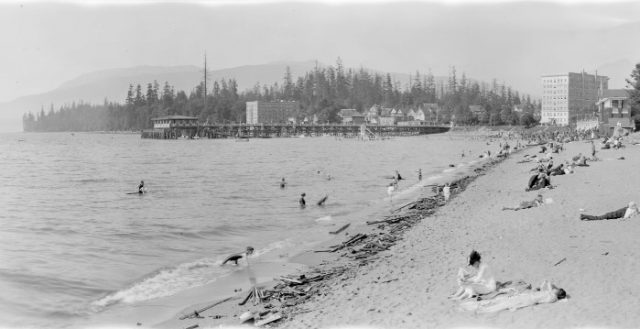
The Fight
The city paid $375,000 for the Englesea in 1967, and the battle to save it began.
Rents from the building had covered its cost by 1975 and supporters argued that future revenue would generate enough for renovations. But in 1979 Council voted to demolish the building anyway, issued eviction notices and locked up suites as they emptied. Later that year, the Englesea received another stay-of-execution when councillors voted 6-5 to delay further eviction notices until they found more justification than the parks board’s whim to destroy the building.
In 1980, the year before the fire, 29 of the 45 apartments remained occupied, and there was talk from the city of investing $1.3 million to turn the building into senior’s housing.
But to the parks board, the building which sat kitty corner from its offices, remained a blight on the shoreline—and their view—and they were determined to bulldoze English Bay back to sand and grass.
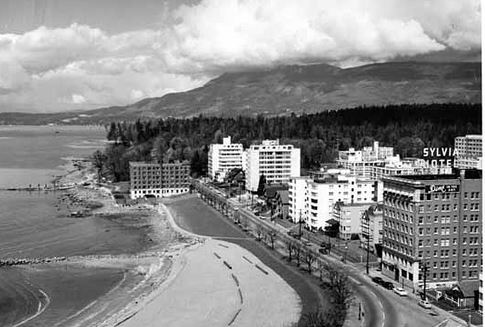
The End
Strangely, the building’s fire alarm didn’t sound when fire broke out, and fortunately no one died in the fire. The parks board got its way, and we lost another charming old heritage building.
The day after the fire, Alderman Don Bellamy—who favoured demolition—told a Province reporter that the fire was “like fate itself has taken hold.”
And then he added: “It’s a hell of a shallow victory. If we’re going to have our way, I hope to hell we don’t have to fry people to do it.”
- CBC-TV Englesea Lodge Part 1 Nov 2021 (Vancouver Exposed)
- CBC-TV Englesea Lodge Part 2
For more on the West End see:
- The Last of the West End Mansions
- Our Missing West End Heritage: What were we thinking?
- The Former Houses of Beach Avenue
© All rights reserved. Unless otherwise indicated, all blog content copyright Eve Lazarus.


